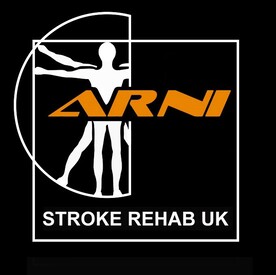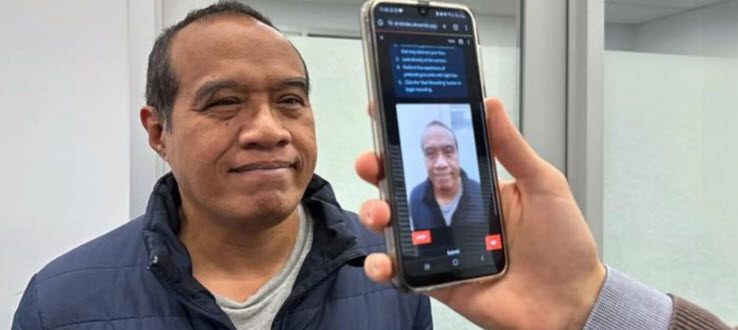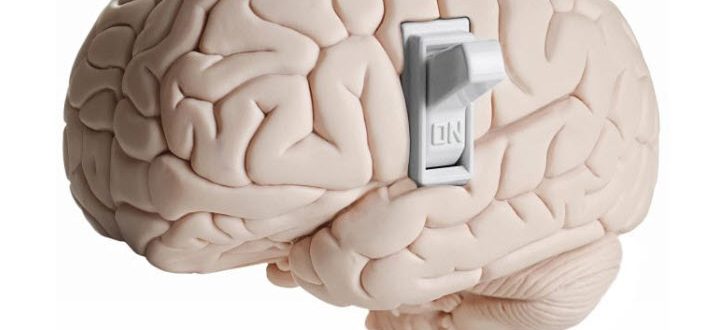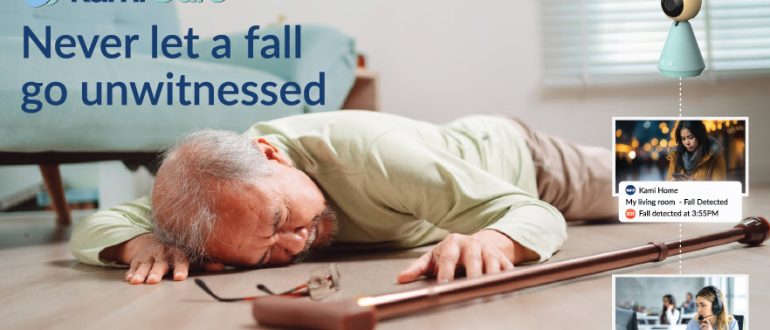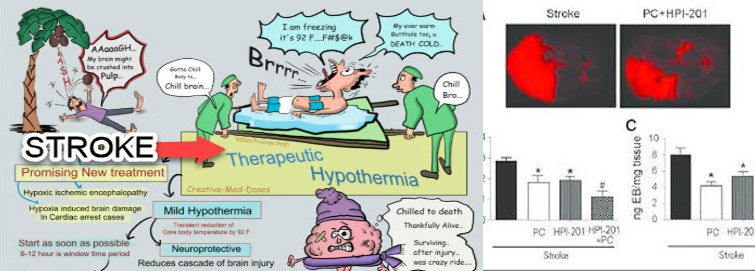When we think about stroke, our minds immediately go to the brain: damage, recovery, rehabilitation. But the reality is that a stroke is a whole-body event, triggering complex physiological changes far beyond the site of the injury. For many stroke survivors, this manifests in a surprising and often frustrating way: gastro-intestinal problems. Now, thanks to groundbreaking research from scientists at The University of Manchester, we are beginning to understand why this happens and what we might be able to do about it.
The research, just published in Brain, Behaviour and Immunity, adds to the emerging idea of the ‘gut-brain axis’ by shedding new light on the intricate connection between the brain and the gut, specifically focusing on the gut’s immune system. What the Manchester team discovered is that a stroke doesn’t just cause immune suppression; it actively triggers a disruption in the delicate balance of immune responses within the digestive tract. Think of your gut lining as a highly secure barrier; after a stroke, this barrier can become ‘leaky’ and inflamed due to these immune system changes.
This ‘leaky gut’ and the ensuing inflammation are what contribute directly to the various gastro-intestinal issues that survivors often face, from digestive discomfort and motility issues to a heightened risk of infection. It’s a vicious cycle where a brain event affects the gut, and the gut inflammation can, in turn, impede overall recovery.
In the past, these gastrointestinal issues were often treated symptomatically without fully grasping the root cause linked to the initial neurological event. Now that scientists have a clearer picture of the immune system’s role, it opens the door to new therapeutic strategies; by specifically targeting these immune changes in the gut, doctors might be able to prevent these secondary health complications from occurring in the first place, or manage them much more effectively.
This innovative research seems to underscore the importance of a holistic approach to stroke recovery, focusing not just on the brain and limbs but on overall systemic health.
